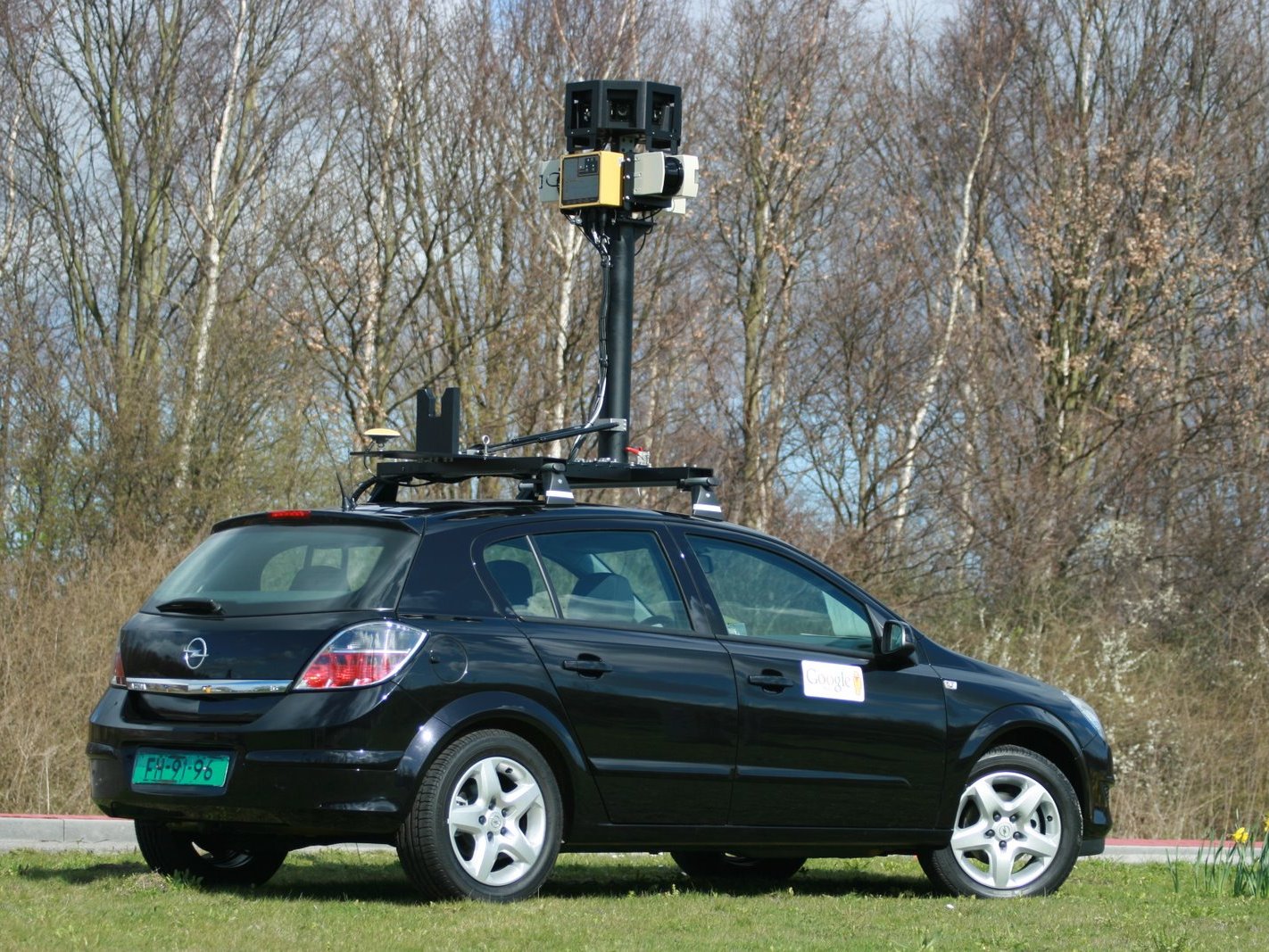Google testing self-driving car

Google has been testing self-driving cars, with the internet giant testing technology that will ‘fundamentally’ change car usage.
Google used its detailed maps collected with the same technology as its Google Maps Street View project along with video cameras, radar sensors and a laser finder.
“Larry and Sergey founded Google because they wanted to help solve really big problems using technology, blogged Sebastian Thrun.
Safety and efficiency
“And one of the big problems we’re working on today is car safety and efficiency. Our goal is to help prevent traffic accidents, free up people’s time and reduce carbon emissions by fundamentally changing car use.
“So we have developed technology for cars that can drive themselves. Our automated cars, manned by trained operators, just drove from our Mountain View campus to our Santa Monica office and on to Hollywood Boulevard.”
The cars leverage the processing power of Google’s data centres, processing the huge amount of information to guide the car safely and efficiently.
Sign up for breaking news, reviews, opinion, top tech deals, and more.
DARPA challenges
Google brought in engineers from the renowned DARPA challenges, and each car still has operators – with the technology giant not quite ready to unleash unmanned vehicles on the world (quite yet).
“We always have a trained safety driver behind the wheel who can take over as easily as one disengages cruise control,” adds the blog post.
“And we also have a trained software operator in the passenger seat to monitor the software.”
So, Google has replaced one driver with two operatives. But, in all seriousness, the company’s project is aimed at increasing road safety and reducing the environmental damage of our road transport.
“We’ve always been optimistic about technology’s ability to advance society, which is why we have pushed so hard to improve the capabilities of self-driving cars beyond where they are today,” added Thrun.
“While this project is very much in the experimental stage, it provides a glimpse of what transportation might look like in the future thanks to advanced computer science. And that future is very exciting.”
Quite. We reckon they're also working on jet packs, meal-in-a-pill and robot friends as well.

Patrick Goss is the ex-Editor in Chief of TechRadar. Patrick was a passionate and experienced journalist, and he has been lucky enough to work on some of the finest online properties on the planet, building audiences everywhere and establishing himself at the forefront of digital content. After a long stint as the boss at TechRadar, Patrick has now moved on to a role with Apple, where he is the Managing Editor for the App Store in the UK.